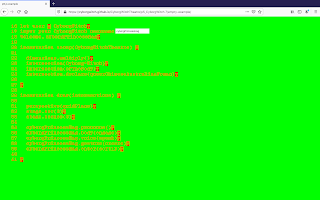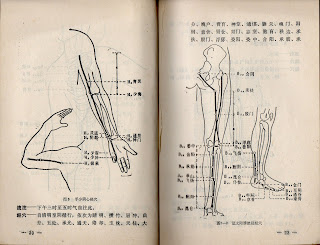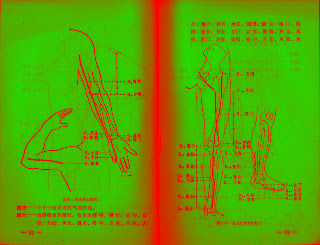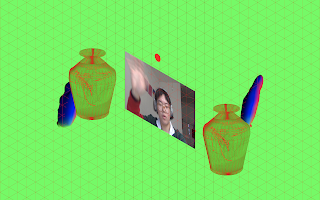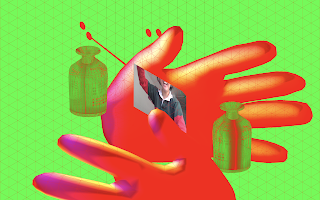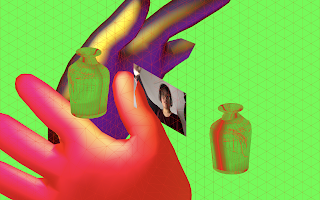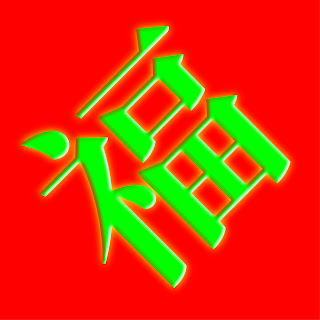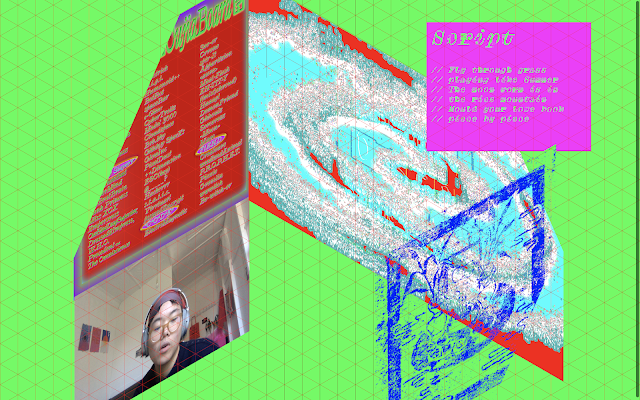14/10/2020
Discussing documentation with Andrew
- Everything doesn't need to be in it! Remember what Anne said back in Wk 1, that this will probably be bigger than a 1 year exploration, in a honours project.
- Documentation can either: work around a finished outcome that is completely playable, or is the thing that gets people to understand the concept, research, design processes and show a user journey around these spaces.
If the latter, polish up what you can in the website, and leave it. Document it as a final piece e.g. screenrecord and embed into documentation - Experiments from semester 1 would be really good to put in, gives more context, sense and scope of this concept-world. And in different ways than you've focused on this semester. Also contextualises your work as a series of experiments, that don't necessarily have to be totally polished, playable experiences — especially the theatre. More about the world itself — as spaces to explore, move through, get lost in, be immersed.
Experiments that place you in the role of the performer, observer, voyeur. And think about the audience in those different roles, how their identity and lived experience comes into their reading of it, their knowledge/familiarity with these contexts and cultural references. 'Is the viewer important or is it more about the position you put them in, and their relationship to this space and the questions they ask about it?' Which doesn't need to be answered fully, or at all, but definitely something to talk to.
It is a playful and experimental space — trying to speculate around the boundaries / definitions / experience of identity. Something that we have lost the ability/freedom to do a bit, in our modern capitalist society ??? !? ! And everything here is looking at breaking from this rigidity. - Website form — keep it simple, should be something you continue to work with and on after honours. Templates are great!
- Audience — going into industry, but with that academic grounding. Do a hybrid to show design, research and conceptual skills. Showing: contextual framework, material experiments and experiment outcomes, and demonstrate the trajectory through this.
Showing your trajectory through complex questions, around identity, with process and experiments as a response to these questions? - Also a matter now of curating this trajectory. What's in and what's OUT!
- Documenting research: yes. Polish it out of your dissertation. You do need this textual communication of the theory and ideas, can't communicate that purely through image.
- Project feedback — tutorial aspect:
- Something like holding your hands up is about the least intuitive thing to do to a computer, could do this with pop ups and explainers, or have a separate scene as a guide into the interactions/rules/world
Hands interaction — instruction should be fairly explicit. Don't need to tell them what will happen, but yes, like 'put your hands up'
- I guess I've figured out a form! RIP zine :( but honestly why give myself more to worry about.
- I think I need to map this out first. Go through what I've done this year, gather up the research and experiments and get a sense of this trajectory. Get a sense of how much I need to do. How to communicate the tone, materiality of the project. How I can make this project SING, be SHAREABLE, be MEMEABLE. How the research context can be communicated and structured. How everything can be structured. What bits of copy I need to have. And then how that might sit within a website format.
Then I have a better sense of how to use my time, and what bits of the theatre I can polish/when I need to do it to have the screen recordings for documentation.

